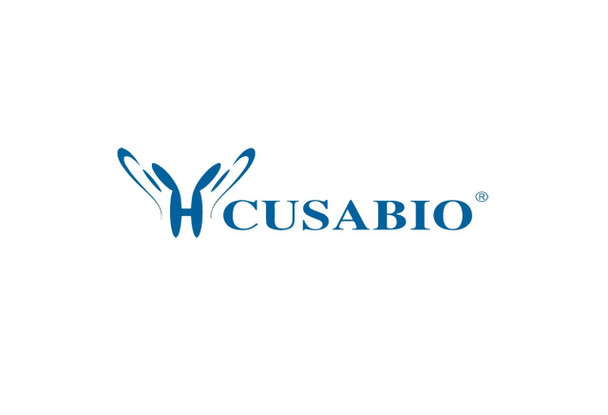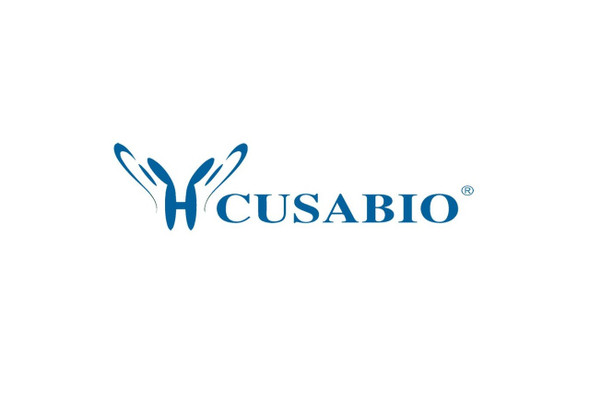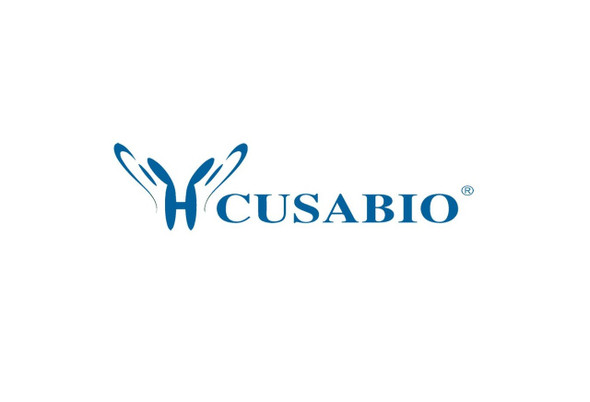Cusabio Human Recombinants
Recombinant Human Complexin-2 (CPLX2) | CSB-EP761369HU
- SKU:
- CSB-EP761369HU
- Availability:
- 13 - 23 Working Days
Description
Recombinant Human Complexin-2 (CPLX2) | CSB-EP761369HU | Cusabio
Alternative Name(s): Complexin II
Gene Names: CPLX2
Research Areas: Others
Organism: Homo sapiens (Human)
AA Sequence: MDFVMKQALGGATKDMGKMLGGEEEKDPDAQKKEEERQEALRQQEEERKAKHARMEAEREKVRQQIRDKYGLKKKEEKEAEEKAALEQPCEGSLTRPKKAIPAGCGDEEEEEEESILDTVLKYLPGPLQDMFKK
Source: E.coli
Tag Info: N-terminal GST-tagged
Expression Region: 1-134aa
Sequence Info: Full Length
MW: 42.4 kDa
Purity: Greater than 90% as determined by SDS-PAGE.
Relevance: Negatively regulates the formation of synaptic vesicle clustering at active zone to the presynaptic membrane in postmitotic neurons. Positively regulates a late step in exocytosis of various cytoplasmic vesicles, such as synaptic vesicles and other secretory vesicles. Also involved in mast cell exocytosis
Reference: "Complexins: cytosolic proteins that regulate SNAP receptor function." McMahon H.T., Missler M., Li C., Suedhof T.C. Cell 83:111-119(1995)
Storage: The shelf life is related to many factors, storage state, buffer ingredients, storage temperature and the stability of the protein itself. Generally, the shelf life of liquid form is 6 months at -20?/-80?. The shelf life of lyophilized form is 12 months at -20?/-80?.
Notes: Repeated freezing and thawing is not recommended. Store working aliquots at 4? for up to one week.
Function: Negatively regulates the formation of synaptic vesicle clustering at active zone to the presynaptic membrane in postmitotic neurons. Positively regulates a late step in exocytosis of various cytoplasmic vesicles, such as synaptic vesicles and other secretory vesicles. Also involved in mast cell exocytosis (By similarity).
Involvement in disease:
Subcellular Location: Cytoplasm, cytosol
Protein Families: Complexin/synaphin family
Tissue Specificity: Nervous system. In hippocampus and cerebellum, expressed mainly by excitatory neurons. Down-regulated in brain cortex from patients suffering from Huntington disease, bipolar disorder or major depression. Down-regulated in cerebellum from patients with schizophrenia.
Paythway: Synapticvesiclecycle
Form: Liquid or Lyophilized powder
Buffer: If the delivery form is liquid, the default storage buffer is Tris/PBS-based buffer, 5%-50% glycerol. If the delivery form is lyophilized powder, the buffer before lyophilization is Tris/PBS-based buffer, 6% Trehalose, pH 8.0.
Reconstitution: We recommend that this vial be briefly centrifuged prior to opening to bring the contents to the bottom. Please reconstitute protein in deionized sterile water to a concentration of 0.1-1.0 mg/mL.We recommend to add 5-50% of glycerol (final concentration) and aliquot for long-term storage at -20?/-80?. Our default final concentration of glycerol is 50%. Customers could use it as reference.
Uniprot ID: Q6PUV4
HGNC Database Link: HGNC
UniGene Database Link: UniGene
KEGG Database Link: KEGG
STRING Database Link: STRING
OMIM Database Link: OMIM









